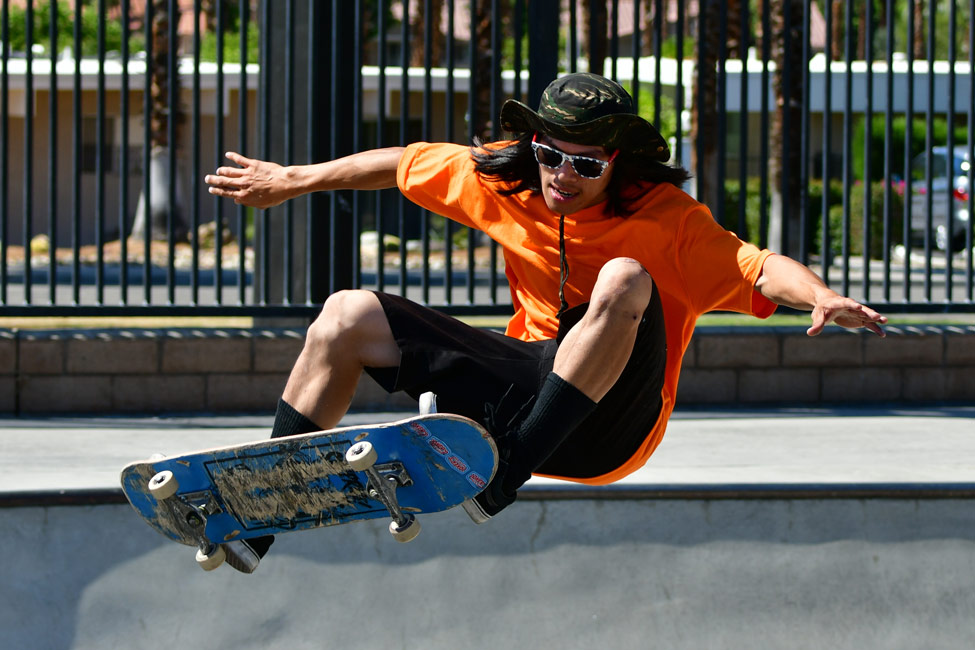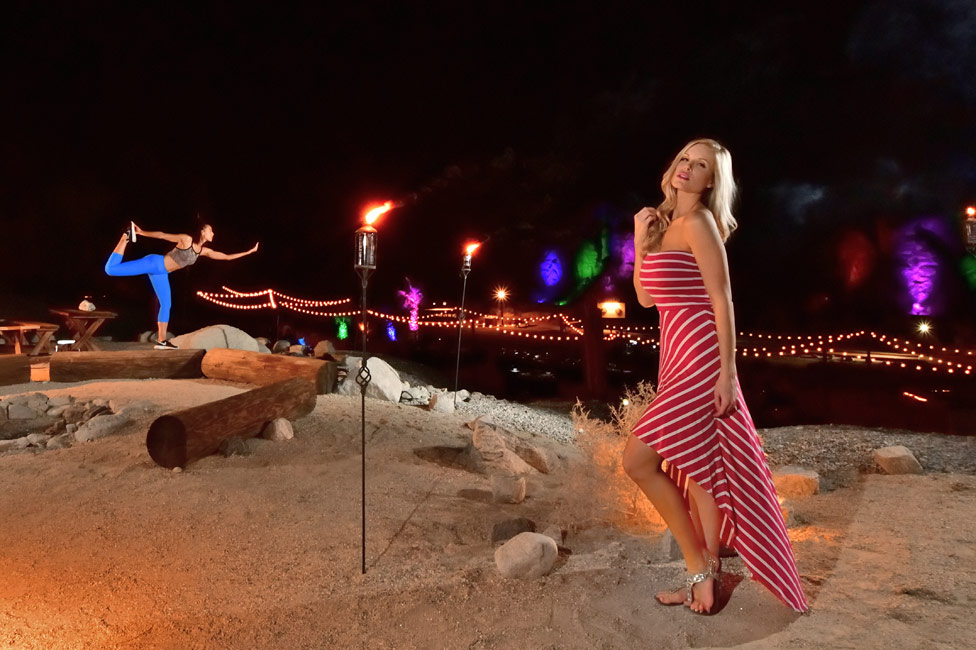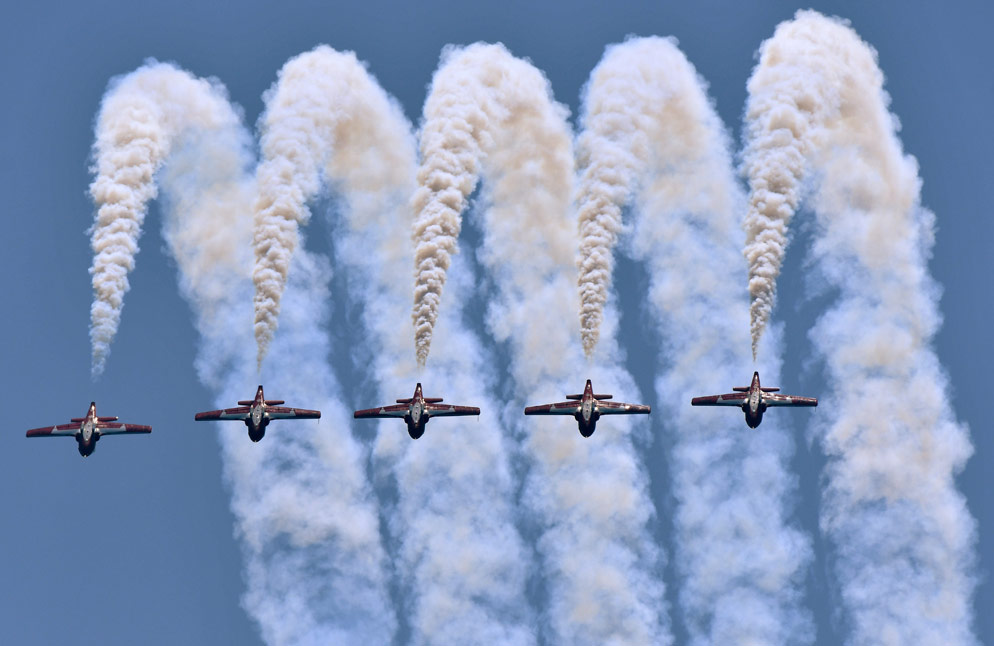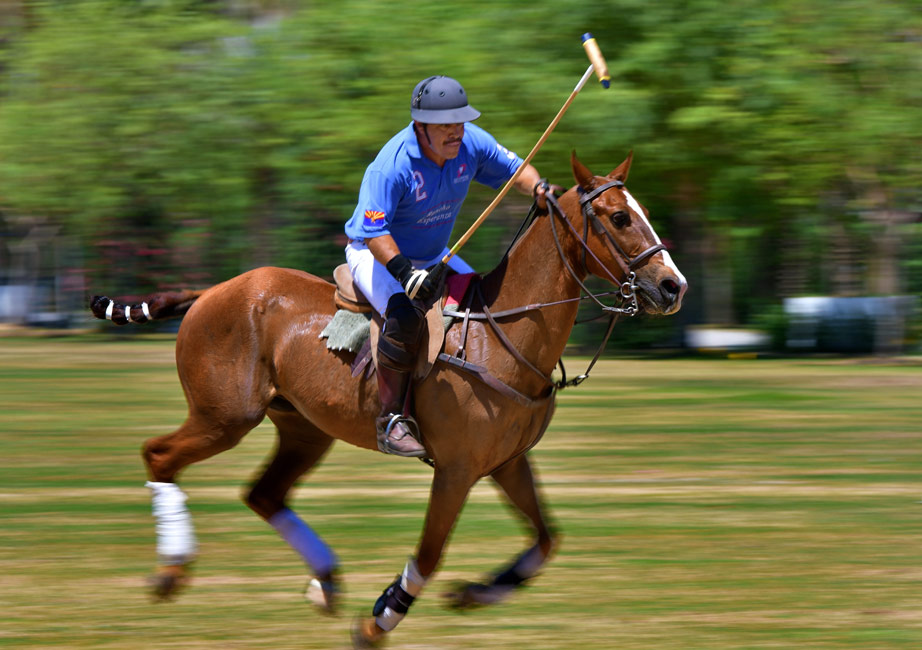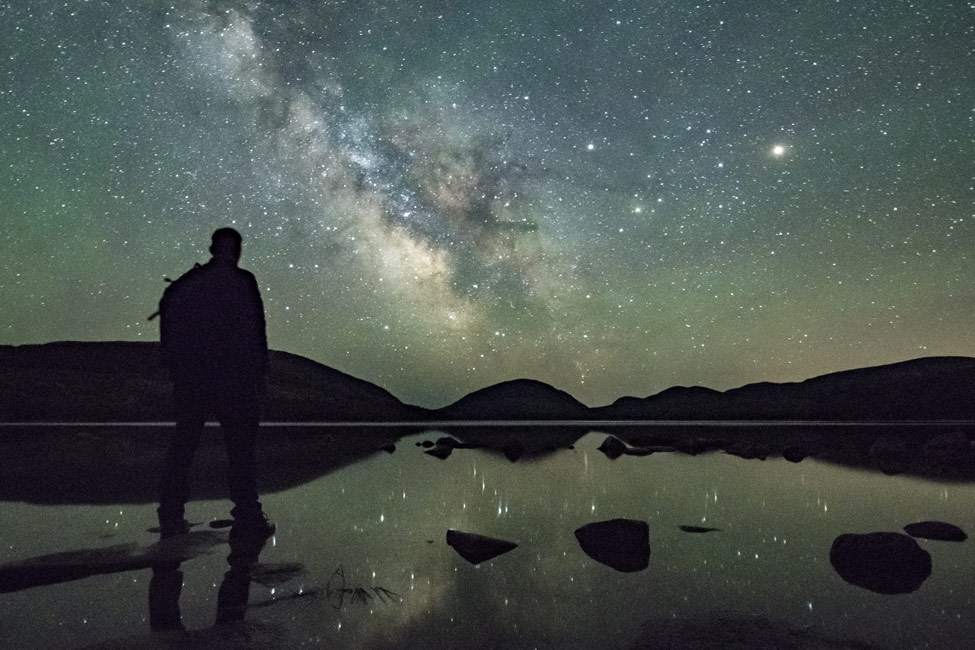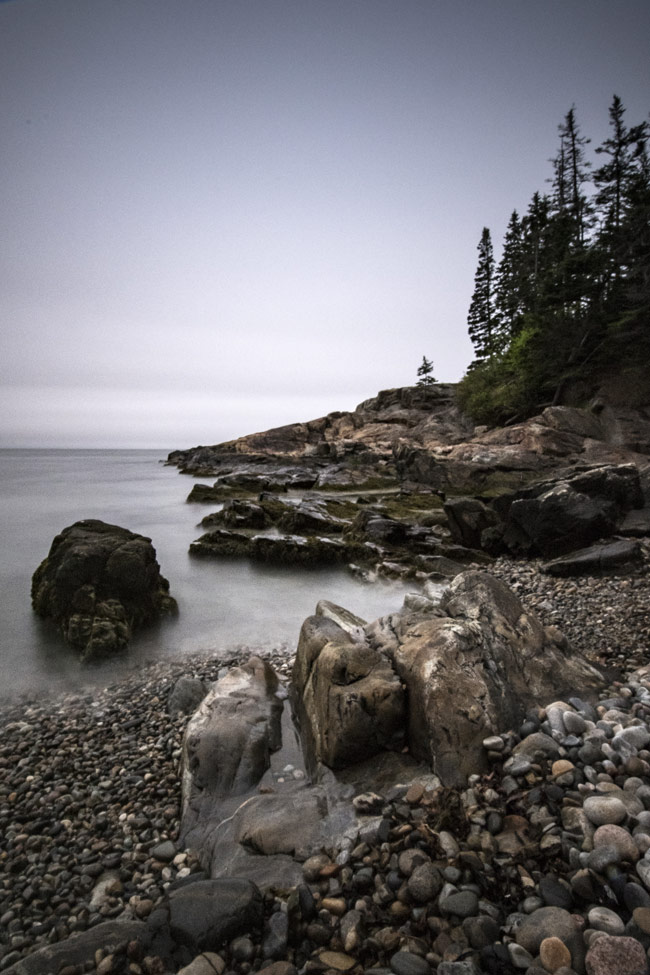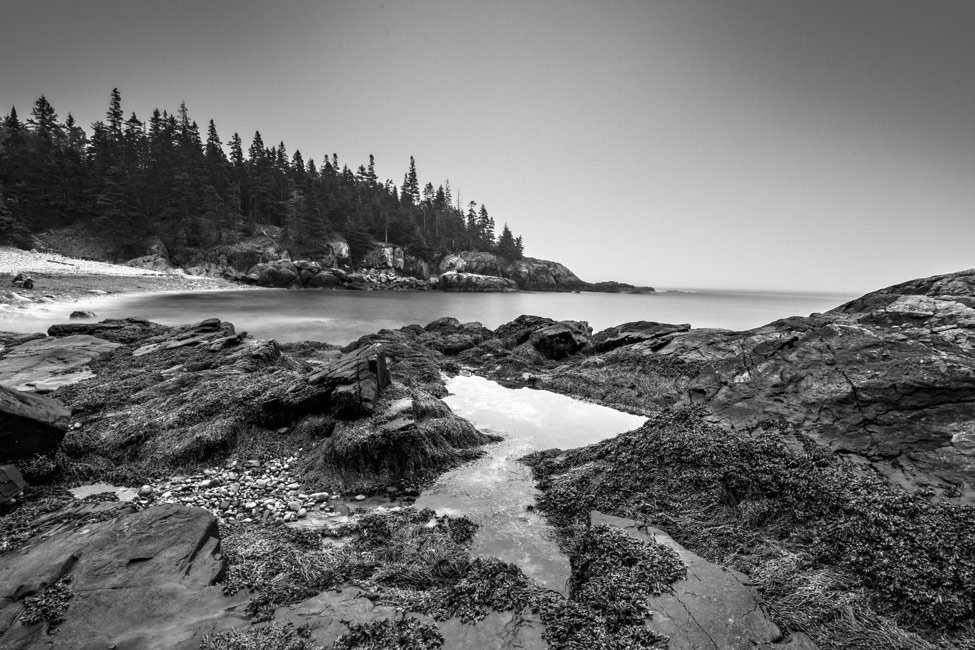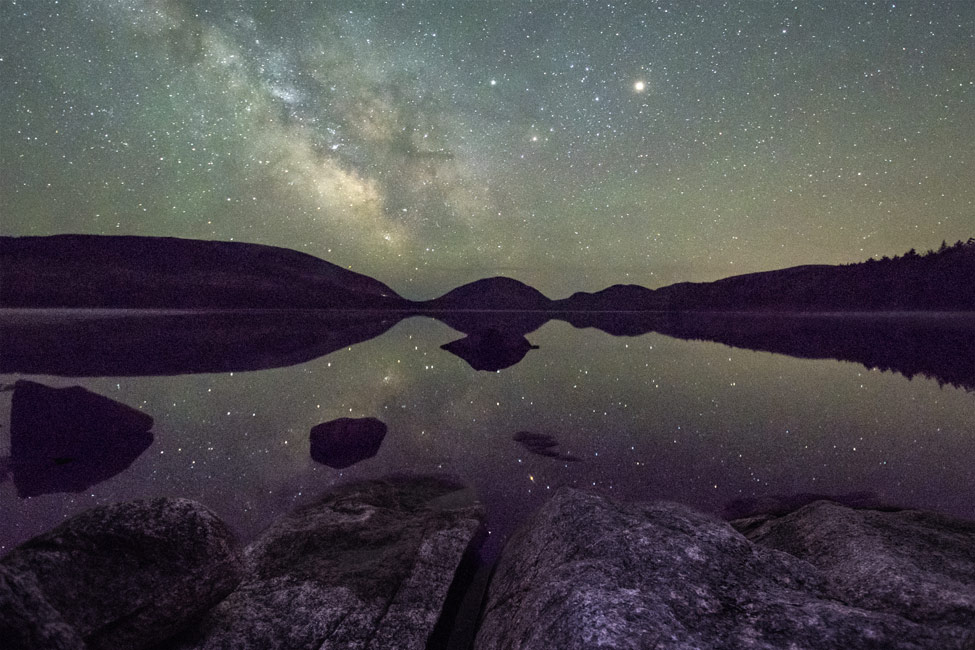Take It to the Limit: Pushing the D500 Envelope
Not long after its introduction, in January 2016, the 20.9-megapixel DX format D500 was put to the test by two Nikon senior product managers. Which is not at all an unusual occurrence. First, it's part of their jobs; second, it's what they really like to do.
The thing about Nikon personnel is that many are avid shooters who look forward to finding out how a new camera performs for them, how it fits into the way they like to shoot and, not the least, just how far can they push its capabilities.
And then there's always the key question: will it make them better photographers?
We liked the stories of their adventures with the D500 mostly because they headed in opposite directions and applied the D500 to very different types of photography.
Check this out...
Into Action
Lindsay Silverman, senior product manager for pro DSLRs, quickly picked up on a couple of the D500's key features. "The first thing I thought about for this camera was fast action," he says. "It's got a 153-point AF system, from which you can choose nine, 25, 72 or 153 points—it's the same system as the top-of-the-pro-line D5, but it's a crop-factor camera, with a smaller sensor, so those 153 AF points expand the coverage."
Lindsay knew that down the road he'd be photographing a local air show—he does it every year—and he'd have a chance to put those 153 points to good use.
Which is exactly what happened. "I chose 153 points, picked a centralized focus point and let the camera do the rest," he says. "The planes are fast moving, often unpredictable—even downright erratic to the eyes of a non-pilot, zigzagging all over the skies. So the center point was my bullseye, and I tried to get that point on one of the planes no matter what the group was doing. The camera did the rest with 152 other points to grab the focus no matter where the jets went."
Lindsay reports that he shot for six or seven hours at the air show. "If I ended up with more than 30 shots that weren't critically sharp, I'd be surprised."
With a AF-S NIKKOR 200-500mm f/5.6E ED VR on the D500, and the 1.5 crop factor that gave the 500mm focal length the equivalent of 750mm, he was able to get dozens of close-up, in-your-face photographs. "I set the D500 for continuous focus, aperture priority and Matrix metering. I checked my first batch of frames, saw that I was on the mark, and let the camera run with it for the rest of the afternoon."
Into the Night
Mark Soares, senior product manager for DSLRs and lenses, had a different idea for the D500. For him, the camera's proving ground would be the sky.
Mark's shot landscapes, weddings and street photography, but the photography he's always wanted to try is astro—stars, northern lights, the night skies. Mark considered astrophotography "an extreme landscape scenario, whole different game that really pushes the equipment to extremes."
So earlier this year he signed up for a workshop with astrophotography expert Adam Woodworth, in Acadia National Park in Maine. "Let me tell you, if you want to learn astrophotography, this is the guy you want teaching you," Mark says.
He packed his D810A—Nikon's "designed exclusively for astrophotography" camera—but he also took along the D500.
"I really liked shooting with it; I already knew it was a great camera for landscape, wildlife and sports but I wanted to prove that it was capable for something as extreme as astrophotography. Besides, a pretty good test of the D500's versatility was a shot at the night sky. Astrophotography with the smaller sensor? Let's see if the D500 can pull that off."
Well, of course it could. And with style.
Using the D500's compatibility with the Nikon Wireless Remote System, Mark often set the camera on a low-to-the-ground travel tripod, swung out the 3.2-inch touch screen tilting monitor to compose the image and then opened and closed the shutter remotely. "I'd set an alarm on my smartphone for the length of the exposure based on test shots, and use that as a timer so I knew when to end the exposure."
One cool thing about the D500 was the camera's illuminated buttons. "Tremendous," he says. "I could navigate the camera in the dark—a huge advantage."
And there's no way to discount the benefit of the tilting LCD.
"Also a huge advantage," Mark says. "For the low-angle shots I didn't want to be on my knees looking through the finder or at the screen. The tilting LCD allowed very comfortable composing with Live View, and with the touch screen feature I could pinch to zoom and check to be sure the stars were in sharp focus."
Perhaps the most surprising thing he learned at the workshop had to do with time. "I thought that because I'd be out there for five hours a night there'd be plenty of time to get great photos. The truth is, you have really little time to photograph."
That's due to a few factors. First, Mark applies in-camera noise reduction, which doubles the exposure time as the camera processes the each image. "For noise reduction, the camera takes the photo, then it takes a dark frame at the same exposure setting. Then it evaluates where the noise is and masks it out with sections of the dark frame. This has to be done while shooting, not in post production, since the level of noise can vary with temperature."
Also contributing to the lack of time is the fact that the Milky Way is in perfect position for maybe an hour. And then there's ambient light from cars or from people not so interested in preserving the ideal total darkness of the scene.
Like Mark thought from the start, astrophotography is a challenge...and a whole different game.
Everything else you should know about the D500 can be found right here. Learn more about the D500.

